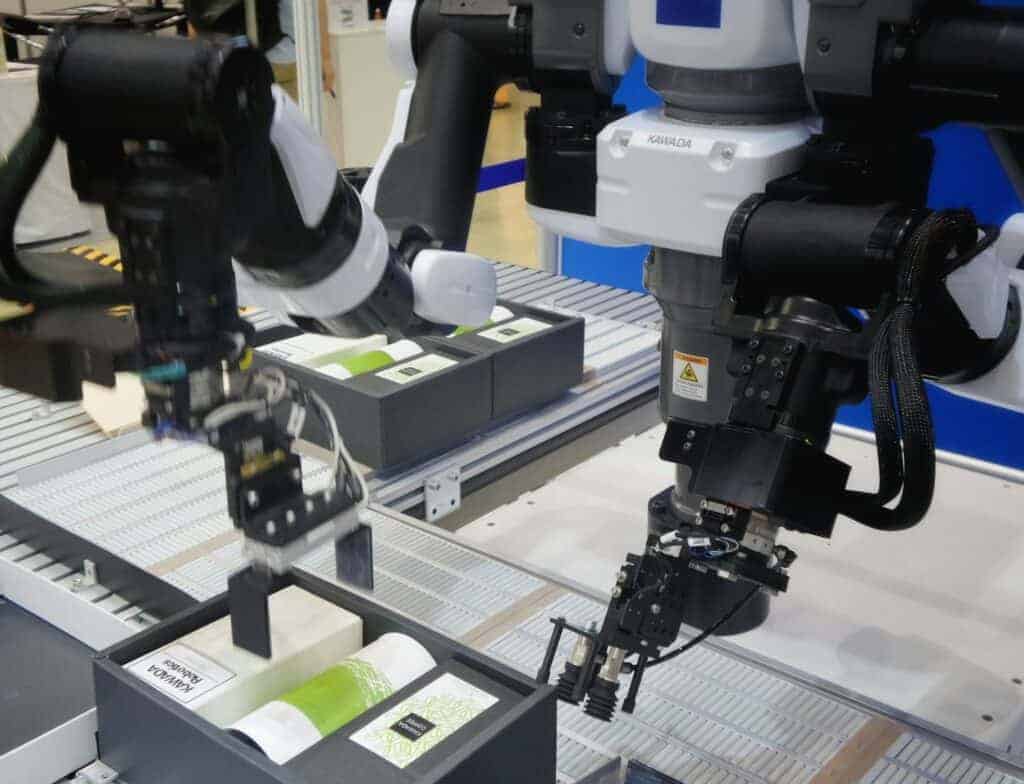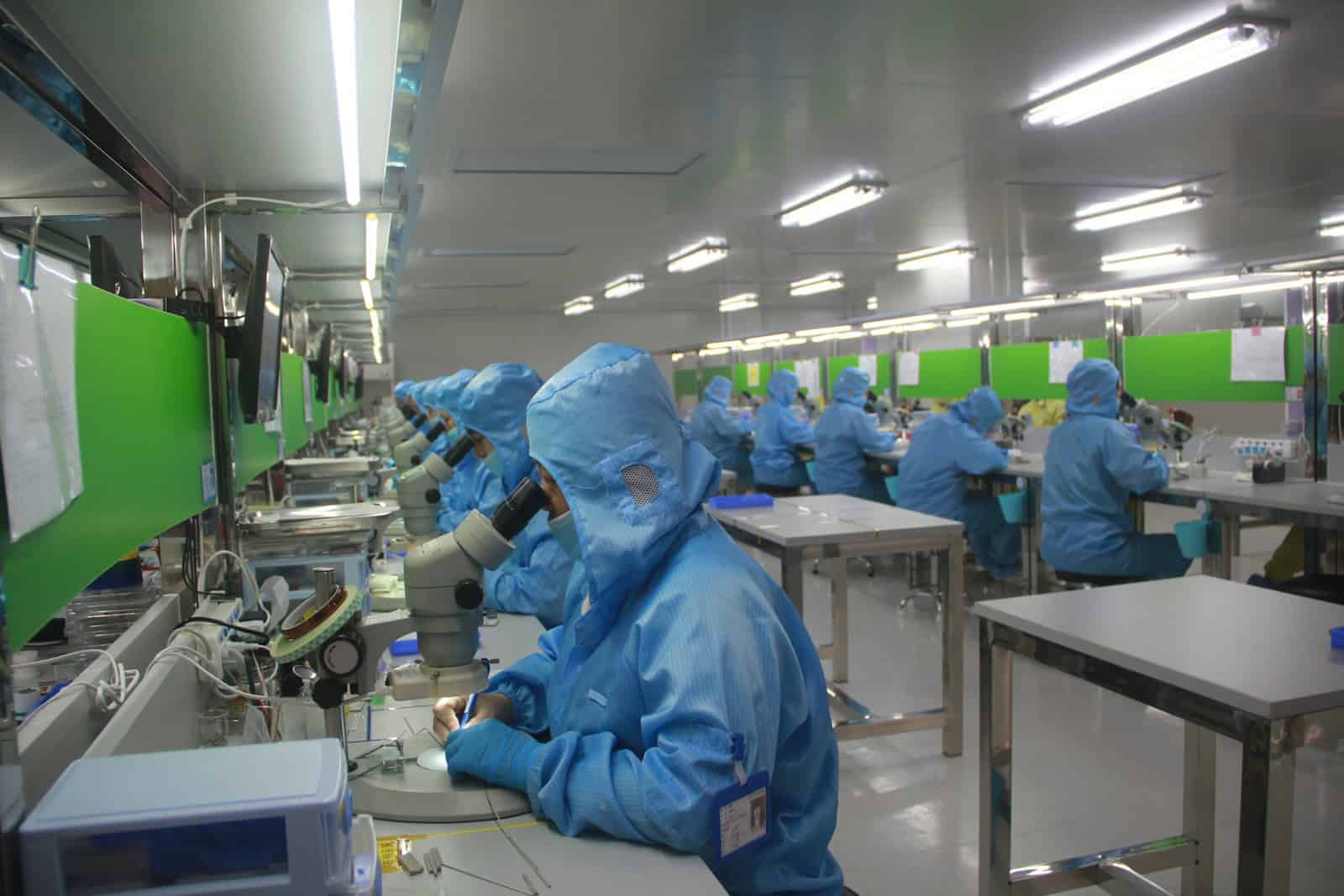Have you ever wondered why many electronic gadgets, including computers, are labeled “Made in China”? It’s not just a coincidence. There’s a fascinating story behind why China has become the hub for producing computer parts and electronics. In today’s technology-driven world, it’s nearly impossible to overlook the pervasive presence of “Made in China” labels on various consumer electronics, especially computer parts. While this phenomenon might seem puzzling to some, there are clear and compelling reasons behind China’s dominance in this sector.
From its cost-effective production capabilities to a well-developed infrastructure and supportive government policies, China has established itself as the epicenter of global tech manufacturing. This article delves into the key factors contributing to China’s stronghold in the computer parts industry, exploring its advantages, challenges, and potential future trajectory.

China’s Dominance in Computer Parts Manufacturing
Cost Efficiency at Scale
China’s manufacturing prowess is rooted in its ability to produce goods at an unparalleled scale and cost. The country boasts a vast labor force and well-established supply chains, allowing manufacturers to optimize production costs and offer competitive prices. This cost advantage is particularly appealing in the price-sensitive computer parts market, where consumers are constantly seeking the best value for their money.
Infrastructure and Expertise
Over the years, China has invested heavily in building a robust infrastructure to support its manufacturing sector. This includes state-of-the-art factories, efficient logistics networks, and a skilled workforce. Moreover, the concentration of numerous component suppliers within close proximity further streamlines the production process, reducing lead times and ensuring quick access to essential parts.
Government Support and Incentives
The Chinese government has played a pivotal role in fostering the growth of the manufacturing industry. It has implemented policies and incentives to attract foreign investment and encourage domestic innovation. These measures have helped create a favorable environment for tech companies to establish manufacturing facilities in China, fueling the country’s dominance in computer parts production.
The Rise of Domestic Tech Giants
China is also home to several major tech companies that have rapidly risen to prominence in recent years. These companies, such as Huawei, Lenovo, and Xiaomi, have established themselves as key players in the global tech market. Their presence further contributes to the concentration of computer parts manufacturing in China, as they often rely on domestic suppliers and manufacturers.
Challenges and Future Outlook
While China’s dominance in computer parts manufacturing is undeniable, the country faces challenges such as rising labor costs, increasing environmental regulations, and trade tensions. Moreover, other countries are actively seeking to reduce their reliance on Chinese manufacturing by investing in their domestic production capabilities. Nevertheless, China’s well-established infrastructure, skilled workforce, and cost advantages are likely to keep it at the forefront of computer parts manufacturing for years to come.
Why Do Computer Parts Come From China?
| Factor | Explanation |
|---|---|
| Historical Context: | – China underwent economic reforms in the late 20th century, opening its doors to foreign investment. – The government prioritized developing the electronics industry with incentives like: * Low labor costs * Large workforce * Relaxed regulations * Generous subsidies |
| Competitive Advantages: | – China offers economies of scale, producing high volumes at lower costs due to a vast workforce and established infrastructure. – Geographical proximity to other tech-savvy nations like Taiwan, South Korea, and Japan facilitates efficient regional supply chains. – Government support for technology advancement fosters continuous improvement in manufacturing capabilities. |
| Shifting Landscape: | – While labor costs were initially a major factor, China is now focusing on automation and technological advancements to maintain its leading position. – The country possesses a large pool of skilled workers due to its emphasis on engineering and technical education. |
| Globalized Market: | – Many leading chip manufacturers like TSMC are located in Taiwan and supply crucial components to companies assembling devices in China. – This interwoven global supply chain creates a complex ecosystem where multiple countries contribute to the final product. |
It’s important to note that the landscape is constantly evolving, and other factors like geopolitical considerations and trade tensions can also influence where computer parts are manufactured.
The Powerhouse of Manufacturing

China’s Dominance in Electronics Manufacturing
China is known as the “world’s factory” for good reason. Its massive manufacturing sector, coupled with a highly skilled workforce, has made it a go-to destination for producing everything from basic components to sophisticated computer parts. Factors such as lower labor costs, a well-established supply chain, and government support have played crucial roles in this dominance.
Special Economic Zones and Infrastructure
The Chinese government has established Special Economic Zones (SEZs) that offer favorable policies and tax incentives to foreign companies. These zones are equipped with state-of-the-art infrastructure, making it easier for tech giants to set up their manufacturing units.
The Supply Chain Ecosystem

Integrated Supply Chain
One of China’s biggest advantages is its integrated supply chain. All necessary components for manufacturing electronics are available within a close geographical area. This integration reduces shipping times and costs, enabling faster production cycles and time-to-market for new products.
Access to Rare Earth Materials
China controls a significant portion of the world’s rare earth materials—essential components in electronics manufacturing. Having direct access to these materials gives China an edge in producing computer parts and other electronic devices.
The Role of Workforce and Innovation
A Large, Skilled Workforce
China has a vast pool of workers skilled in various aspects of electronics manufacturing, from basic assembly to complex engineering tasks. This workforce is a key component in maintaining the speed and efficiency of production lines.

Innovation and R&D
While China is often associated with mass production, it’s also making significant strides in research and development (R&D). Chinese companies are increasingly investing in innovation, moving up the value chain to produce not just parts but also high-tech electronics and computing technologies.
Challenges and the Future
Environmental and Labor Concerns
The rapid growth of China’s manufacturing industry has raised concerns about environmental sustainability and labor practices. Both the Chinese government and companies are under pressure to address these issues while maintaining their competitive edge.
Shifting Dynamics
As labor costs in China rise and other countries invest in their manufacturing capabilities, the global electronics manufacturing landscape may evolve. However, China’s entrenched position, infrastructure, and continuous push for innovation mean it will likely remain a key player in the production of computer parts for the foreseeable future.
Summary of Facts
- China dominates the electronics manufacturing industry due to lower labor costs, a complete supply chain, and government support.
- Special Economic Zones offer incentives for foreign companies to manufacture in China.
- China’s control over rare earth materials is a significant advantage in electronics production.
- The country boasts a large, skilled workforce and is investing in R&D to innovate beyond just manufacturing.
- Environmental and labor concerns are growing challenges for China’s manufacturing sector.
FAQs
Why is China the main producer of computer parts?
China’s dominance is due to its comprehensive supply chain, lower production costs, access to rare earth materials, and a skilled workforce.
How does China’s control of rare earth materials affect electronics manufacturing?
It gives China a competitive edge in producing electronic devices, as these materials are essential for many components.
Are there any concerns associated with China’s manufacturing dominance?
Yes, environmental impact and labor practices are significant concerns, alongside the challenge of maintaining sustainability while expanding production.
Why are computer parts made in China? Why is everything assembled in China?
Computer parts and many other products are manufactured in China due to several factors. China offers a combination of cost-efficiency, a vast and skilled labor force, established supply chains, and supportive government policies. This allows companies to produce goods at a large scale and lower cost, making them more competitive in the global market.
What percentage of computers are made in China?
China is a major player in the global computer manufacturing industry. In 2023, China produced approximately 338.6 million computers, including 200 million laptops, accounting for about 17.5% of global output. This makes China a dominant force in computer manufacturing.
Is it safe to buy a computer made in China?
Yes, it is generally safe to buy a computer made in China. Many reputable brands have their products manufactured in China, adhering to strict quality control standards. However, as with any purchase, it’s essential to buy from trusted sellers and research the product and manufacturer before making a decision.
Are Microsoft products made in China? Does Apple manufacture everything in China?
While Microsoft and Apple design their products in the US, a significant portion of their manufacturing takes place in China. China’s manufacturing capabilities and supply chain ecosystem make it an attractive location for producing these products efficiently and cost-effectively. However, both companies also have manufacturing facilities in other countries, diversifying their production base.







